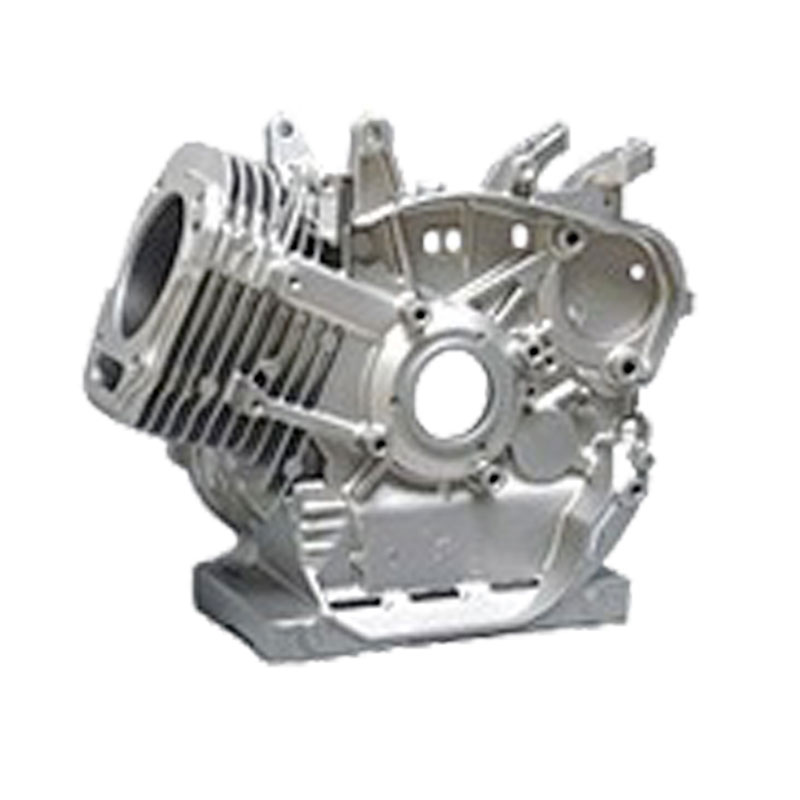Key components and aspects of a motorcycle engine
2023-10-18
A motorcycle engine is the heart of a motorcycle, responsible for generating power and propelling the vehicle forward. Motorcycle engines come in various types and sizes, each with its own characteristics and performance capabilities. Here are the key components and aspects of a motorcycle engine:
1. Engine Type: Motorcycle engines can be categorized into several types, including:
- Internal Combustion Engines: These are the most common type of motorcycle engines and operate by burning fuel (usually gasoline) in a combustion chamber to generate power.
- Four-Stroke Engines: Four-stroke engines go through four distinct phases—intake, compression, power, and exhaust—in each cycle, providing good torque and efficiency.
- Two-Stroke Engines: Two-stroke engines complete these phases in just two strokes (up and down), making them simpler but less fuel-efficient than four-stroke engines.
- Electric Motors: Electric motorcycles use electric motors powered by batteries or other energy sources, producing instant torque and zero tailpipe emissions.
2. Cylinder Configuration: Motorcycle engines may have one or more cylinders. Common configurations include single-cylinder, twin-cylinder (V-twin or parallel-twin), and multi-cylinder (three, four, or more cylinders). Cylinder configuration affects power delivery and engine characteristics.
3. Displacement: Engine displacement is the total volume of air and fuel that can be drawn into the cylinders during one complete cycle. It's usually measured in cubic centimeters (cc) or cubic inches (ci). Larger displacements generally result in more power and torque.
4. Fuel System: Motorcycle engines use various fuel delivery systems, including carburetors and fuel injection systems. Fuel injection is more common in modern motorcycles due to its improved fuel efficiency and emissions control.
5. Cooling System: Motorcycle engines can be air-cooled, liquid-cooled, or a combination of both (liquid-cooled heads with air-cooled cylinders). Liquid cooling is more efficient and allows for better temperature control.
6. Ignition System: The ignition system generates the spark needed to ignite the air-fuel mixture in the engine's cylinders. It can be based on a distributor or, in more modern motorcycles, electronic ignition systems.
7. Transmission: Most motorcycles have a manual transmission, typically with a sequential gearbox operated by a foot lever and a hand-operated clutch lever. Some motorcycles, particularly scooters, have automatic transmissions.
8. Exhaust System: The exhaust system includes the exhaust manifold, pipes, and muffler. It directs exhaust gases away from the engine and may incorporate noise-reduction features and catalytic converters for emissions control.
9. Power Output: The engine's power output is measured in horsepower (hp) or kilowatts (kW) and represents the engine's ability to produce work. Motorcycle engines can range from low-power commuter engines to high-performance sportbike engines.
10. Torque: Torque is the rotational force that the engine generates and is often more important than horsepower for determining a motorcycle's acceleration and low-speed performance.
11. Maintenance: Proper maintenance, including regular oil changes, valve adjustments, and component inspections, is essential to keep a motorcycle engine running smoothly and prolong its lifespan.
12. Engine Placement: Motorcycle engines can be mounted longitudinally or transversely within the frame, and their placement can affect handling characteristics.
Motorcycle engines are designed to provide the necessary power and performance for a wide range of riding styles and purposes, from daily commuting to racing. The choice of engine type and motorcycle model depends on the rider's preferences, riding style, and intended use. Proper maintenance and care of the engine are crucial for ensuring the motorcycle's reliability and longevity.



